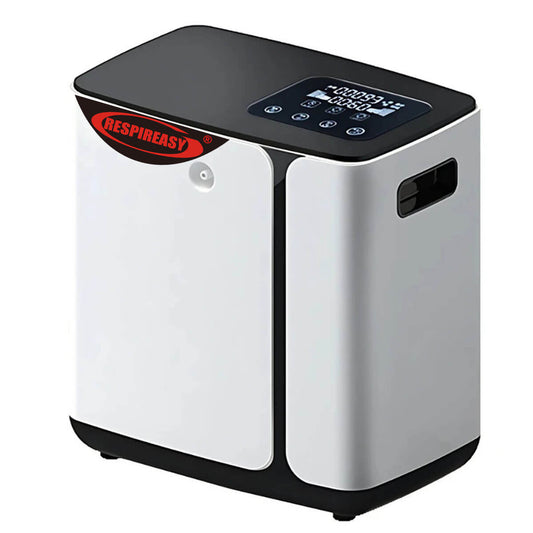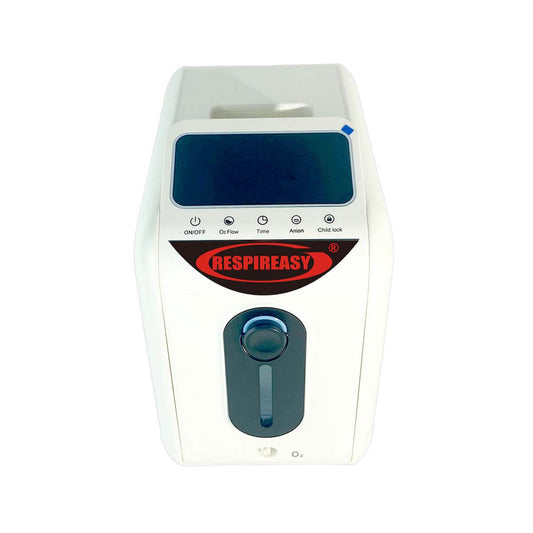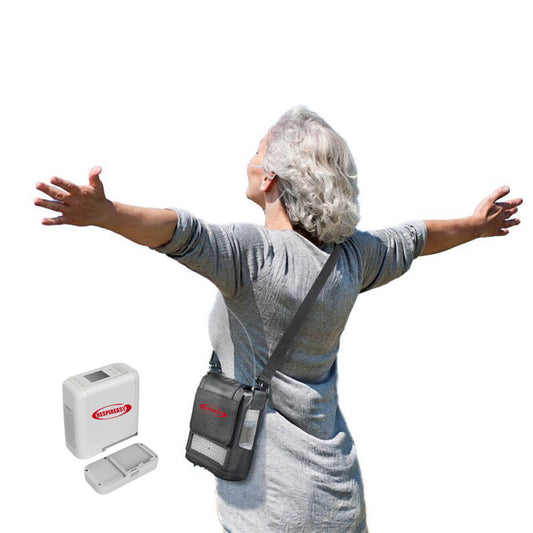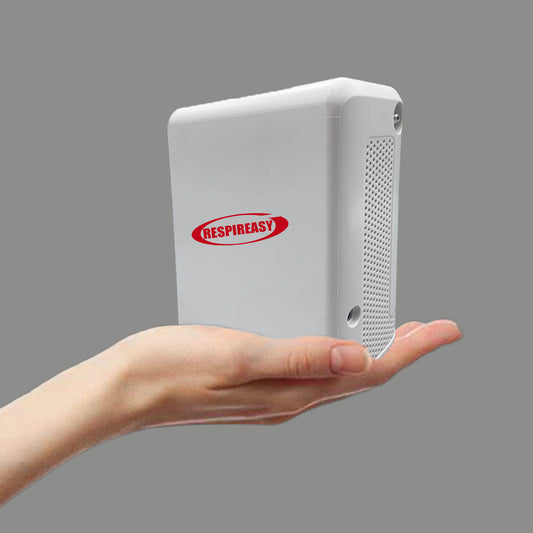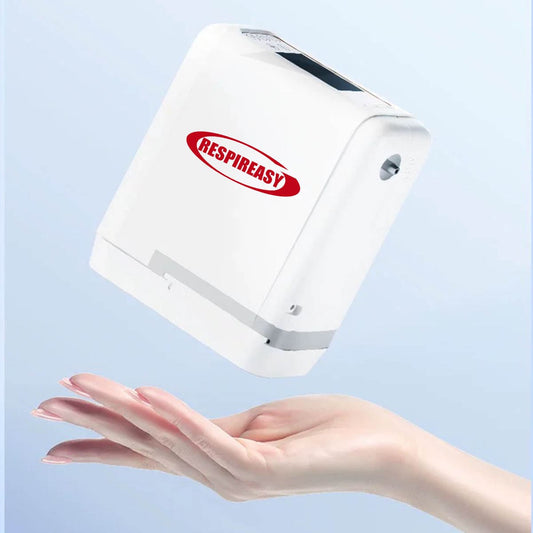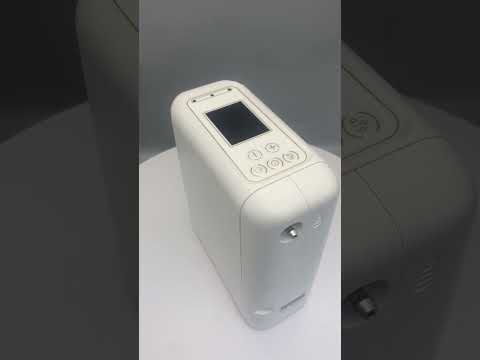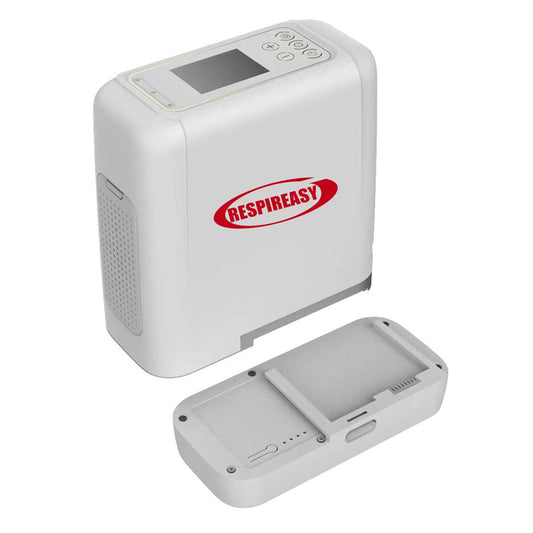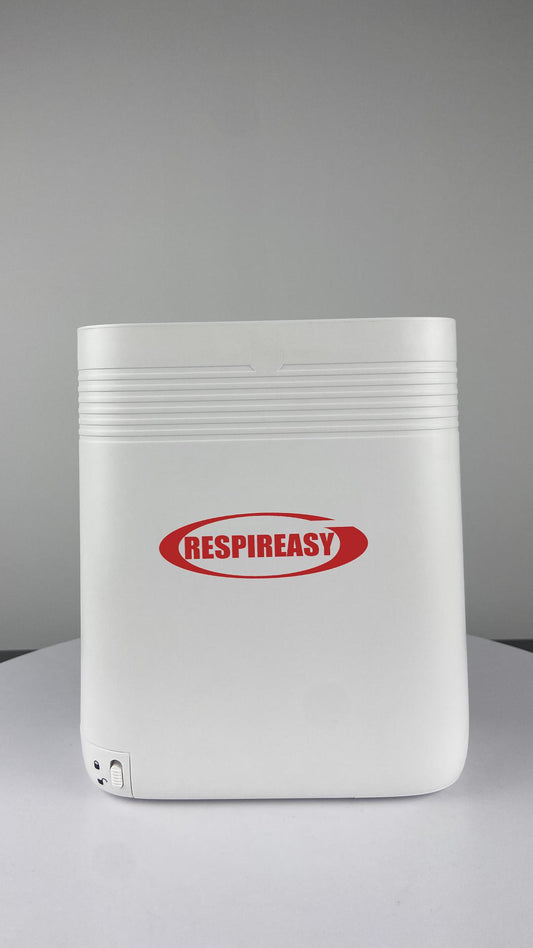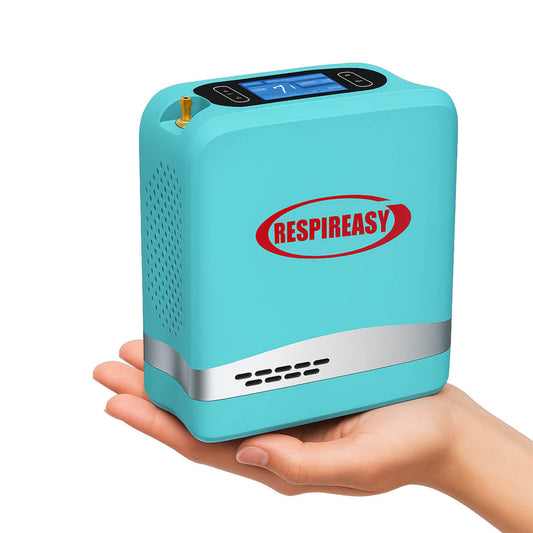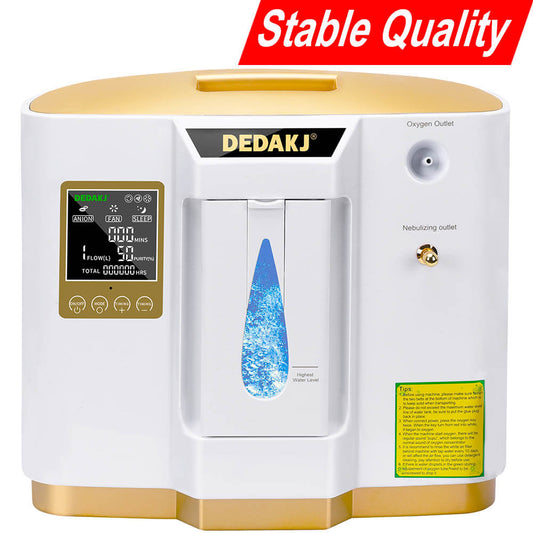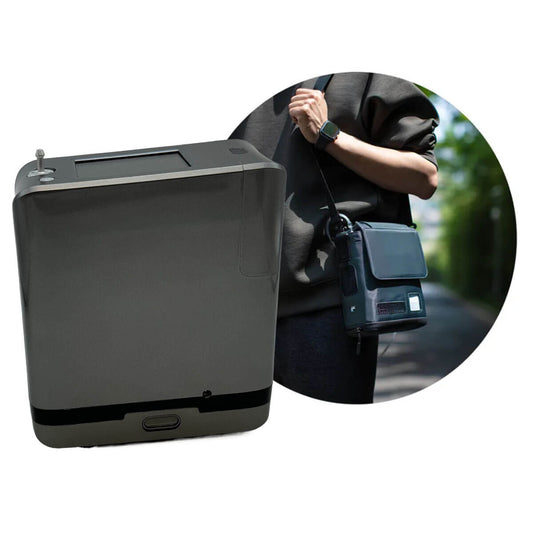Professional advice on choosing a hyperbaric chamber
A hyperbaric oxygen chamber exposes one or more patients to a pressure higher than atmospheric pressure. This overpressure can produce higher oxygen concentrations, which has a variety of therapeutic applications.
What can a hyperbaric oxygen chamber be used for?
Hyperbaric oxygen chambers increase the amount of oxygen dissolved in the blood and tissues, including in areas with poor blood vessels. It can be used to oxygenate damaged tissue or reduce the proliferation of certain bacteria that only grow in anoxic environments.
Some therapeutic applications of hyperbaric oxygen chambers include treatment of decompression sickness, skin injuries, burns and carbon monoxide poisoning, and post-radiation therapy.
- Treating decompression sickness/gas embolism: This occurs when a diver ascends to the surface too quickly without making a decompression stop after a deep or long dive underwater. It can also affect people who have worked in compressed air tanks, pilots at high altitudes, or astronauts after a spacewalk. Hyperbaric oxygen therapy is very effective in these cases.
- Treat skin injuries and burns : Some wounds or burns don't heal quickly or become gangrenous. Hyperbaric oxygen chambers are often reserved for severe burns. People with bedsores, gangrene and Buerger's disease, as well as diabetics with wounds, can also be treated in a hyperbaric chamber.
- Treatment after radiation therapy : Complications may occur after radiation therapy is used to treat cancer, such as tissue damage caused by late radiation. Hyperbaric oxygen therapy improves oxygen supply to damaged tissue and prevents necrosis.
- Treatment of Carbon Monoxide Poisoning : Severe carbon monoxide (CO) poisoning may result in late neurological sequelae, especially if consciousness has been lost. This can lead to memory problems, personality disorders, and mood changes. Treatment in a hyperbaric chamber appears to be very effective in reducing the risk of late effects.



>>>>
>>>>
What configurations does the hyperbaric oxygen chamber have?
Hyperbaric oxygen chambers are available in different configurations: stationary, caster, inflatable and containerized.
- Fixed hyperbaric oxygen chambers are permanently installed in certain hospital units, usually multiple locations. Some have as many as ten venues.
- Inflatable hyperbaric chambers are lightweight and can be inflated anywhere, allowing for great freedom of movement. Usually a single venue. Inflatable hyperbaric chambers are used especially for home therapy.
- Containerized hyperbaric oxygen chambers can be transported by trucks or specialized vehicles. For example, it could be installed on a drilling platform or a military vessel.
What are the risks of hyperbaric oxygen therapy?
There are two types of risks: technical infrastructure risks and biological risks to patients.
- Technical risks: Oxygenation of hyperbaric chambers involves certain technical risks related to gas toxicity, fire and explosion hazards, and installation defects. Therefore, it is important to ensure:
Monitor the toxicity of the applied gases based on their partial pressures and follow usage restrictions for different gases.
Limit the risk of fire and explosion by verifying that the chamber is constructed of non-combustible materials; avoid the presence of any flammable fats nearby, and pour oxygen outside to avoid excessive oxygen concentrations inside the chamber.
Verify that the cavity is completely sealed so that the required pressure inside remains stable. A permanent system for controlling the indoor environment must also be in place.
- Biological risks: Risks to the patient may be pressure-related or oxygen-related.
Due to excessive pressure, barotrauma can occur to the eardrums, lungs, digestive system, sinuses, or teeth.
Risks of hyperoxia, which may be neurological (Paul Burt effect) or pulmonary (Lorraine-Smith effect). In the first case, the patient may suffer from a generalized seizure due to partial pressure of oxygen. In the second case, with long-term exposure, lesion-like pulmonary edema may form and progress to fibrosis.

What veterinary applications are there? ?
Animals, like humans, can receive hyperbaric oxygen therapy in a hyperbaric oxygen chamber. The main animals treated with hyperbaric oxygen are pets (dogs, cats) and livestock (horses).
There are different hyperbaric chambers available for animals. Some clinics choose to use the same chambers used for humans, while others use specially designed chambers for animals. There are also hyperbaric chamber models used for oxygen therapy in large animals, such as horses and camels. In these cases, the animal breathes oxygen through a mask, making it safer and cheaper. In some cases, an animal, such as a cat, can be placed in an acrylic cage and then placed in a hyperbaric chamber. It prevents animals from wandering around the room and allows animals in both cages to be treated at the same time if necessary.
Veterinary hyperbaric oxygen chambers are similar to those used for humans, excluding decompression sickness, etc. Includes wound healing; infection and burn treatment; carbon monoxide poisoning; snake bites, and more.

DEDAKJ Oxygen Concentrator
Established in 1953, with ISO, CE, RoHS and PSE certifications, with medical oxygen concentrators and home oxygen breathing machines as the core, DEDAKJ is the top-rated oxygen concentrator supplier,offers the mini &small oxygen concentrator, household portable oxygen making machine, the medical grade 10 liter oxygen concentrator for hospital oxygen therapy &clinics oxigenoterapia. More The DEDAKJ Oxygen Concentrator store website offers the DEDAKJ original oxygen accessory oxygen parts & components. All DEDAKJ oxygen machine oxygen concentrators concentrador de oxigeno and original oxygen accessories parts can be bought here.
Buy online the best quality portable oxygen concentrator in DEDAKJ oxygen concentrator store.
Buy DEDAKJ Oxygen Concentrator: https://dedakjoxygenconcentrators.com/
































